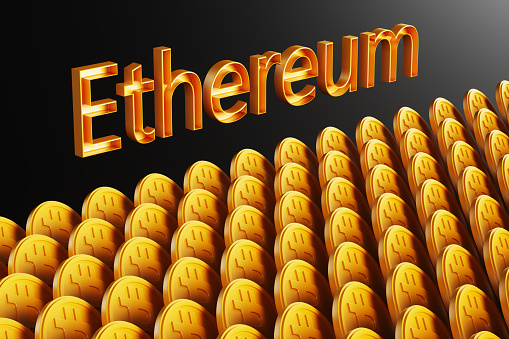
20/09/22 21:50 PM IST



22 Aug
'The Uttarakhand Assembly on Wednesday passed the Minority Education Bill, 2025, extending minority status benefits to institutions run by the Sikh, Jain, Buddhist, Christian, and
Read More
22 Aug
'A nation with a strong base in science and technology is a nation with a strong backbone” — these words of A.P.J. Abdul Kalam ring truer than before as India celebrate
Read More
22 Aug
'The National Organ and Tissue Transplant Organisation (NOTTO) recently issued a direction stating that women patients and relatives of deceased donors will receive priority in org
Read More